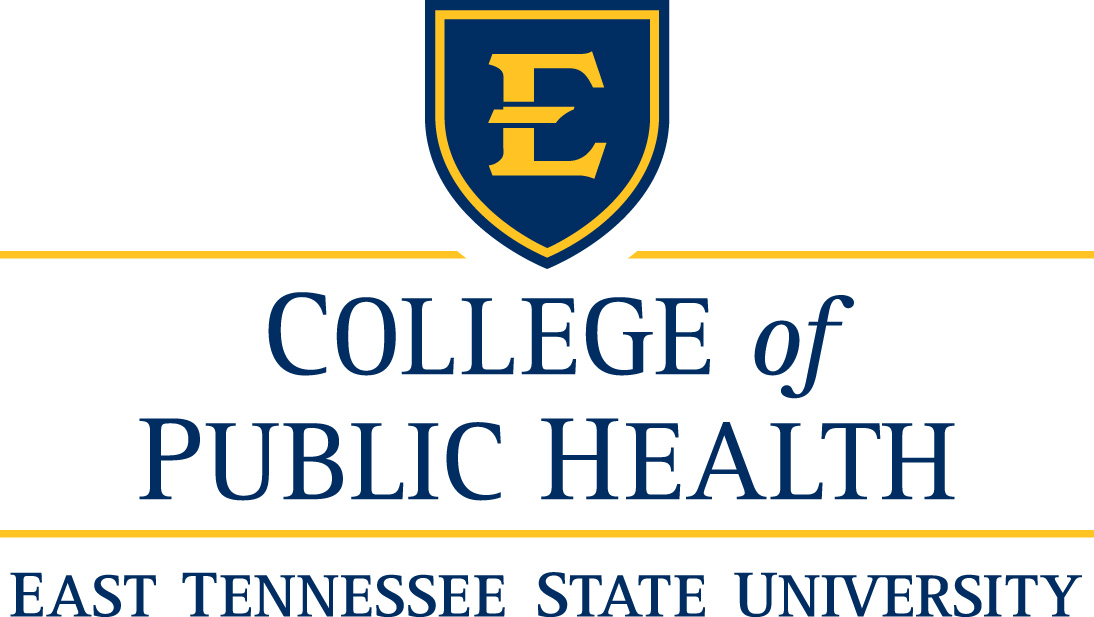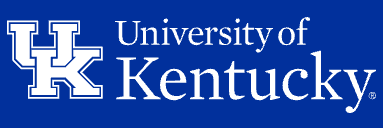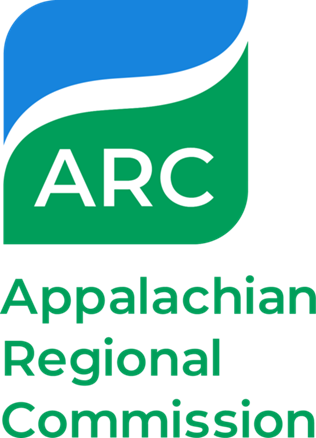Abstract
Background: Appalachian Kentucky faces the highest cancer incidence and mortality rates in the country due to poor health behaviors and lifestyle choices. These poor health behaviors are facilitated by a lack of cancer education. Youth represent a vulnerable population that could be greatly impacted by increased cancer education. Teachers have the power to facilitate this learning.
Purpose: This study examined the need for cancer education curriculum in Appalachian Kentucky middle and high schools from the perspective of educators.
Methods: An online survey was conducted with science and health teachers (n=21) in Appalachian Kentucky, consisting of questions that investigated existing cancer education efforts, relevance of cancer education, and feasibility of such curriculum being delivered in the classroom. Content analysis was used to analyze teacher comments. A 3-part cancer education curriculum was developed that is culturally relevant and aligned with science and health education standards.
Results: All participating teachers agree that cancer education is important to students’ lives. Teachers also agree that there is an inconsistent amount of cancer education within schools, and qualitative content analysis revealed that cancer education likely fits best in certain course subjects. Cancer education could feasibly be integrated into science and health classrooms, although the perception of needing to teach to the academic standards and having limited time to teach additional lessons outside of the standards are significant barriers. To combat this, a cancer curriculum that aligns with state and national science and health education standards was developed.
Implications: Cancer education curriculum could play an important role in improving the cancer outlook in Appalachian Kentucky. Teachers have expressed a desire for increased cancer education in the classroom. By disseminating and implementing cancer curriculum in schools in the region and revising the curriculum -based on teacher and student feedback to better fit their needs, it has the potential to increase cancer literacy and improve related health behaviors and outcomes.
DOI
https://doi.org/10.13023/jah.0301.05
Creative Commons License

This work is licensed under a Creative Commons Attribution 4.0 License.
Table 3.pdf (85 kB)
Table 4.pdf (84 kB)
Appendix 1.pdf (52 kB)
Appendix 1
Appendix 2.pptx (10504 kB)
Appendix 2
Appendix 3.pptx (29087 kB)
Appendix 3
Appendix 4.pptx (19552 kB)
Appendix 4
Appendix 5.pptx (15225 kB)
Appendix 5
Appendix 6.pptx (6750 kB)
Appendix 6
Appendix 7.pptx (19229 kB)
Appendix 7
Appendix 8.pdf (133 kB)
Appendix 8
Appendix 9.pdf (194 kB)
Appendix 9
Appendix 10.pdf (209 kB)
Appendix 10
Appendix 11.pdf (108 kB)
Appendix 11
Appendix 12.pdf (158 kB)
Appendix 12
Appendix 13.pdf (139 kB)
Appendix 13
Appendix 14.pdf (44 kB)
Appendix 14
Recommended Citation
Hudson L, Sharp K, Prichard C, Ickes M, Alameh S, Vanderford NL. Cancer Curriculum for Appalachian Kentucky Middle and High Schools. J Appalach Health 2021;3(1):43-55. DOI: https://doi.org/10.13023/jah.0301.05
Included in
Appalachian Studies Commons, Curriculum and Instruction Commons, Health and Physical Education Commons, Oncology Commons








Comments
Permission is granted for the use of any of the educational materials contained in this article; please use the Recommended Citation to the article in the attribution line.